Breast Cancer | Signs, Stages & Treatment
 Arturo
|
Arturo
|
 13 Aug 2025
13 Aug 2025
What Is Breast Cancer and Why Does It Happen
Breast cancer starts when cells inside the breast grow the wrong way. They don’t stop like they’re supposed to. Over time, these cells can form a lump or mass. If not found early, they can spread to other parts of the body. It mostly happens in women, but men can get it too, though it’s not as common.
Some breast cancers grow slow. Others move fast and get aggressive. Doctors say it often begins in the milk ducts or lobules. They’re not sure why it starts in some people and not others. Family history, hormones, lifestyle—all play a part. But sometimes, it just happens without any warning.
Early Signs You Shouldn’t Ignore
One of the first signs might be a new lump in the breast or underarm. Not all lumps are cancer, but any new one should be checked. Some people notice their breast shape or size changes. Skin might start to dimple, almost like the skin of an orange.
Watch for:
-
Nipple turning inward
-
Discharge from the nipple, especially if it's bloody
-
A rash on the breast, either itchy or red
-
Something that looks like a beginning breast cancer rash or even a very early inflammatory breast cancer rash
And what about pain? Does breast cancer hurt? Sometimes it does, but not always. That’s why people miss it. No pain doesn’t mean no problem.
Risk Factors That Raise Your Chances
Some things you can’t change. Like:
-
Your age
-
Your family history
-
BRCA1 or BRCA2 genes
-
Starting periods early or hitting menopause late
Other risks come from how you live. Not moving much, drinking too much, smoking, and long hormone therapy can all raise the odds. Being overweight after menopause adds to the risk too.
Even stress might have something to do with it, though doctors are still studying that. Not everything has a clear answer yet.
How Doctors Diagnose Breast Cancer
It usually starts with a mammogram. That’s a low-dose X-ray of the breast. If they see something odd, they may do an ultrasound or MRI to get a closer look.
If it still looks like something’s wrong, the next step is a biopsy. That means taking a small bit of tissue and checking it under a microscope. If there’s cancer, they’ll figure out what kind.
Catching it early—like at stage 0 breast cancer—makes a big difference. That’s when it hasn’t spread beyond where it started. Treatment at that point is often more simple.
The Different Types of Breast Cancer
Not all breast cancers are the same. Some stay in place, others spread fast.
-
Non-invasive cancers stay where they started.
-
Invasive cancers move into the breast tissue.
-
HER2 positive breast cancer means the cancer cells have extra HER2 protein.
-
Triple positive breast cancer is positive for HER2, estrogen, and progesterone—good thing is, it can be treated in a few ways.
Then there’s triple-negative, which doesn’t have any of those markers. It’s harder to treat and often more aggressive.
Knowing the type matters. It changes the treatment plan and how fast doctors need to act.
What Treatment Usually Looks Like
Treatments depend on how big the cancer is, if it’s spread, and what type it is. It could include:
-
Surgery, to take the lump or the whole breast out
-
Radiation, to kill off leftover cancer cells
-
Chemotherapy, to fight cancer throughout the body
-
Hormone therapy, if the cancer needs hormones to grow
-
Targeted drugs, especially for HER2 positive types
-
Some are trying trials or even experimental shots like a breast cancer vaccine
Some people go through one or two treatments. Others might need more. It’s not easy, but every case is different.
At Sanford Pharmacy, patients can get support with side effects, medication, and the everyday care that goes with long treatment days.
Life After Diagnosis: Coping and Support
Life changes after hearing you have cancer. It's not just the body—it’s the mind too. Some days feel fine. Other days feel heavy.
Having a support system helps. Friends, family, therapists, even support groups. Some survivors get breast cancer tattoos to cover scars or mark the fight they went through. It’s more than art—it’s survival.
Being a breast cancer survivor isn’t about going back to normal. It’s about finding a new rhythm and healing day by day.
Ways to Lower Your Risk
You can’t stop all risk, but you can lower it.
-
Eat better—more fruits, less processed junk.
-
Move more—walking, stretching, whatever works
-
Limit alcohol
-
Don’t smoke
-
Get regular mammograms
-
Do monthly self-exams
If you're high-risk, your doctor might suggest more scans or even medicine to help prevent cancer from starting.
When to Talk to Your Doctor
If something feels off, don’t wait. A small lump, weird pain, or rash might seem like nothing, but it’s always better to ask.
Even if you feel fine, regular checks matter. New research and breast cancer news come out all the time, and early detection still saves lives.
Sanford Pharmacy helps patients through it all—from meds to care plans to the little things like finding the right lotion or just answering tough questions when no one else does. Cancer is hard. But you don’t have to go through it alone.
Categories

How Does Nitazoxanide Kill Parasites?
 Kareem
Kareem
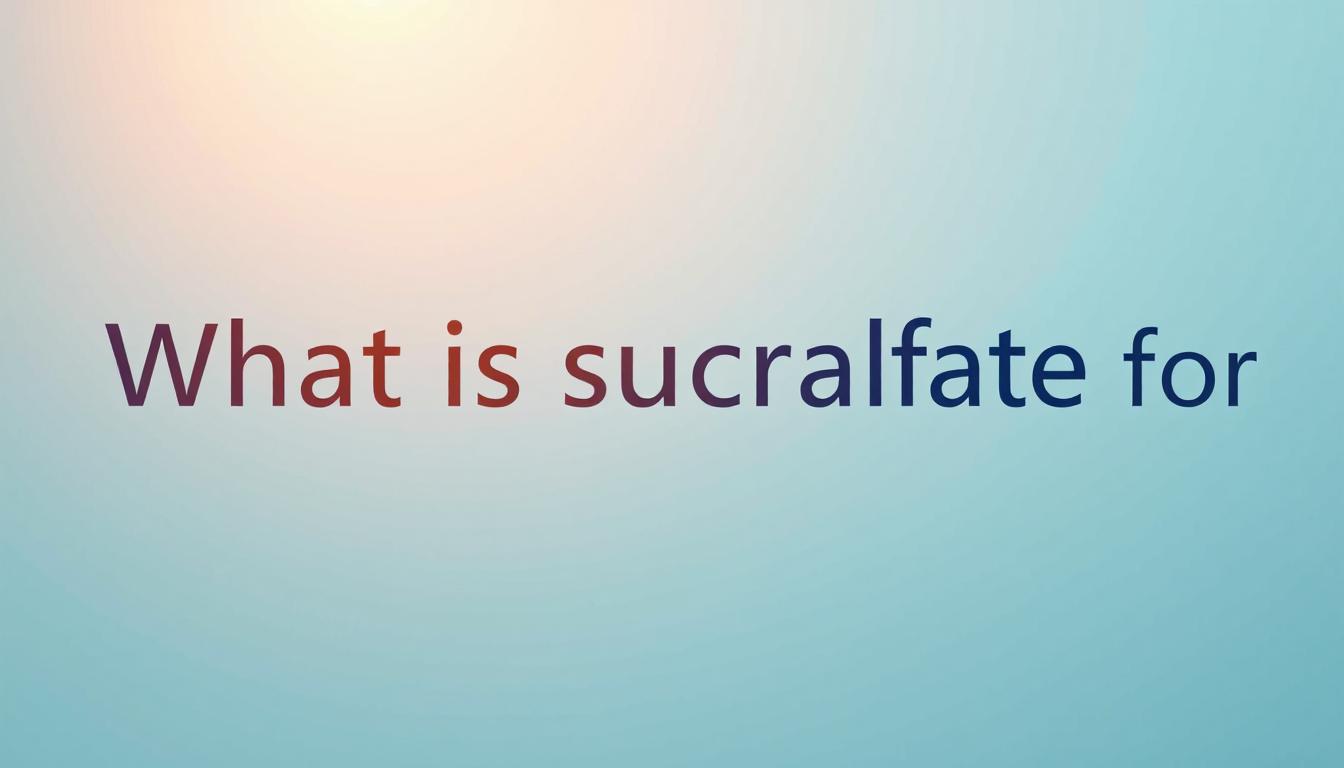
What Is Sucralfate Used For?
 Abdullah
Abdullah
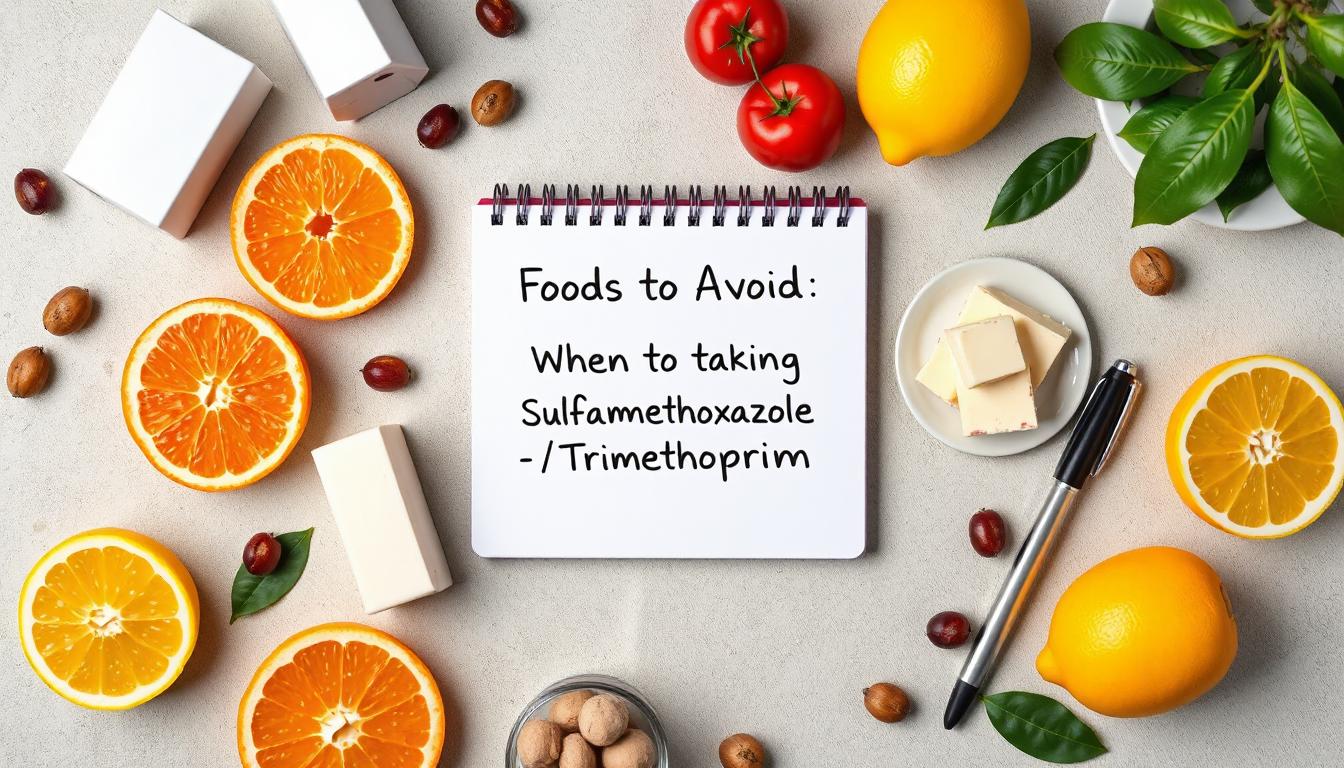
Foods to Avoid When Taking Sulfamethoxazole / Trimethoprim
 Ibrahim
Ibrahim

What Is Rifaximin Used For?
 Aden
Aden
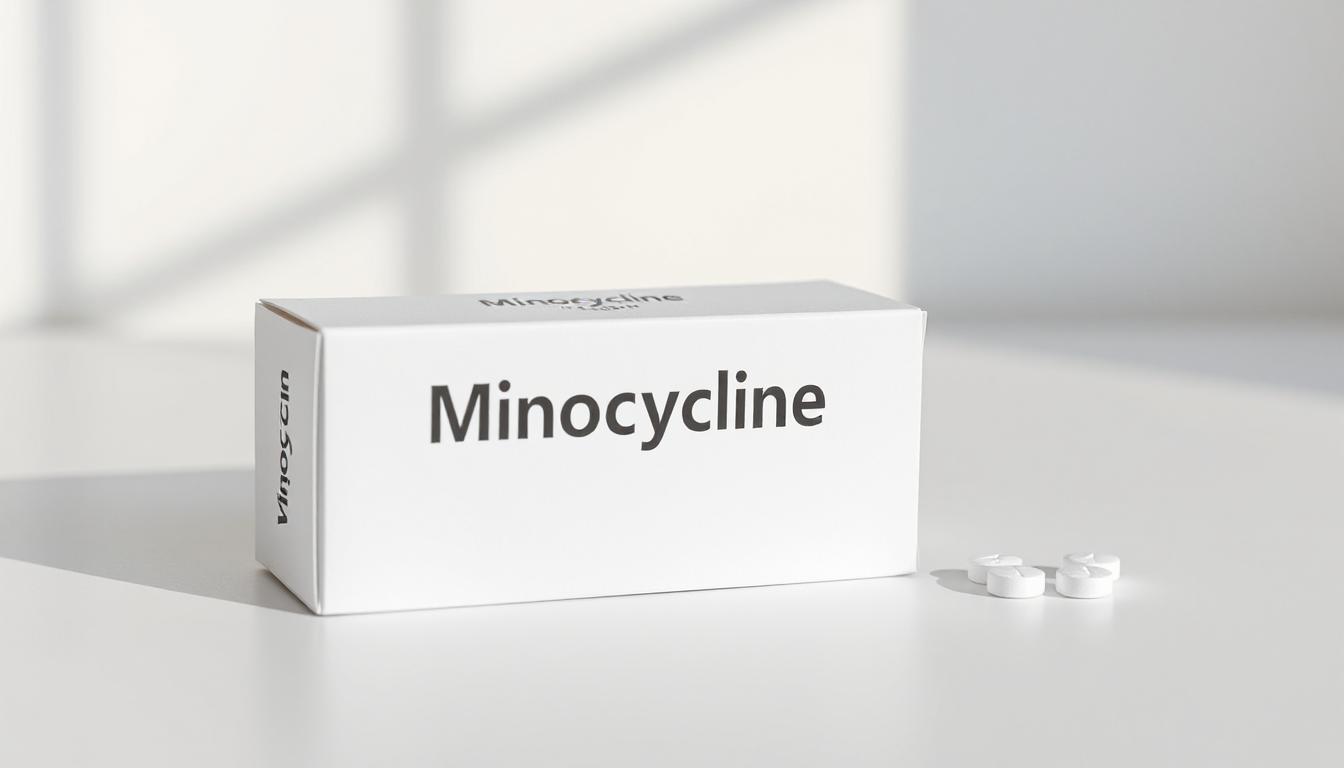
What is Minocycline?
 Tina
Tina








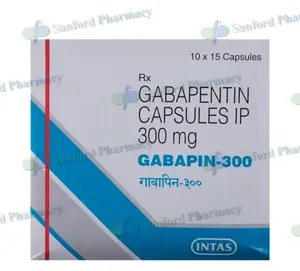
.webp)
.webp)
-(2).webp)
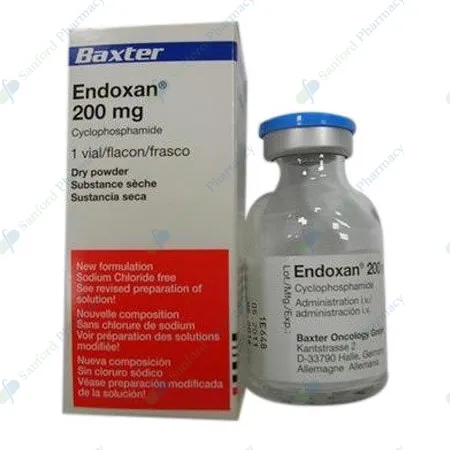
.webp)